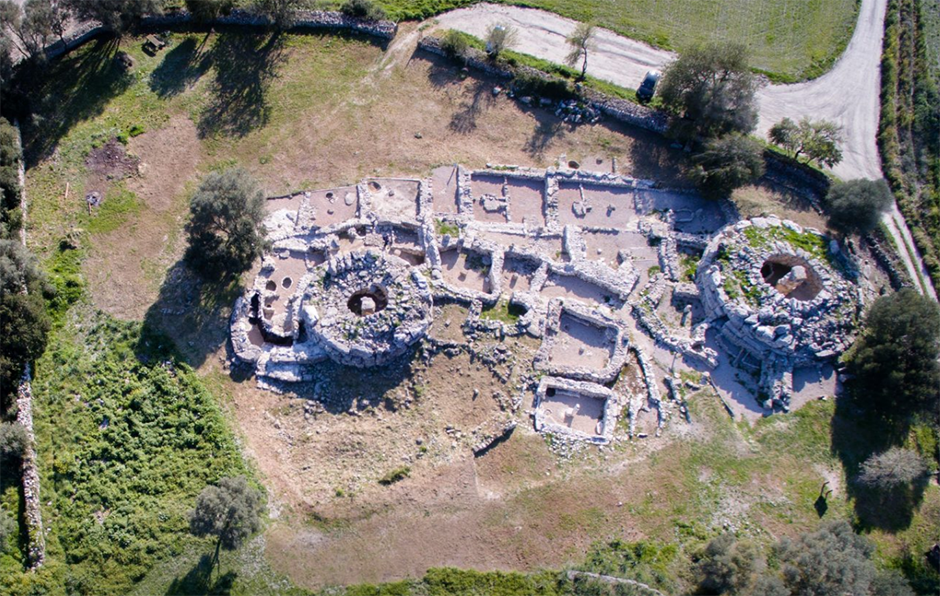Discover Mallorca: A Quick Journey Through Its History and What You Should Know Before Visiting
Mallorca, the jewel of the Mediterranean, enchants not only with its turquoise coves and charming villages but also with its ancient history, which has left its mark on every corner of the island. If you’re planning your first visit, here’s a quick guide to help you better understand the essence of this unique place.
Ancient Origins: Talayots and Romans
Mallorca’s history began long before Catalan or Spanish were spoken. Over 3,000 years ago, prehistoric peoples inhabited the island and built impressive stone structures called talayots. You can still visit some of them, like those at Capocorb Vell or Ses Païsses.
In 123 BC, the Romans conquered the island and founded the city of Palma (then called Palmaria). They left behind roads, thermal baths, and structures that are still being discovered beneath the city today.
From Arabs to Christians
In the 10th century, Mallorca became part of the Caliphate of Córdoba. For nearly 300 years, the Muslims brought advanced architecture, irrigation systems, and scientific knowledge. Remnants of this period can still be seen in the Arab Baths of Palma and the layout of its narrow streets.
In 1229, King James I of Aragon conquered the island and incorporated it into the Kingdom of Mallorca. From this point on, Catalan culture took strong root: the language, traditions, and Gothic architecture are still visible today, especially in the majestic Palma Cathedral (La Seu).
Pirates, Trade, and Modernity
For centuries, Mallorca was coveted for its strategic location. It suffered pirate attacks, grew as a commercial port, and later, in the 19th century, became a summer retreat for the aristocracy. In the 20th century, it began its transformation into an international tourist destination.
What to Know Before Visiting
• Language: Two official languages are spoken: Catalan (in its Mallorcan variant) and Spanish. Locals appreciate it when visitors try to say a few words in Mallorcan, like “bon dia” (good morning) or “gràcies” (thank you).
• Typical food: Try the ensaimada, sobrasada, tumbet, or frito mallorquín. The local cuisine reflects the island’s multicultural history.
• Festivals and traditions: If you visit in January, don’t miss Sant Antoni with its demons and bonfires. In summer, many towns celebrate patron saint festivals full of music and folk culture.
• Nature and history combined: Places like the Serra de Tramuntana (a UNESCO World Heritage Site) blend natural trails with ancient stone villages such as Valldemossa and Deià, where artists like Chopin and Robert Graves once lived.
In Summary…
Mallorca is much more than sun and beaches. It’s an island with soul, shaped by centuries of history and culture. Every village, every castle, and every traditional dish tells a part of the past that makes it so special.
Come with curiosity, respect its customs, and you’re sure to take away more than just photos—a true connection with the living history of the island.





